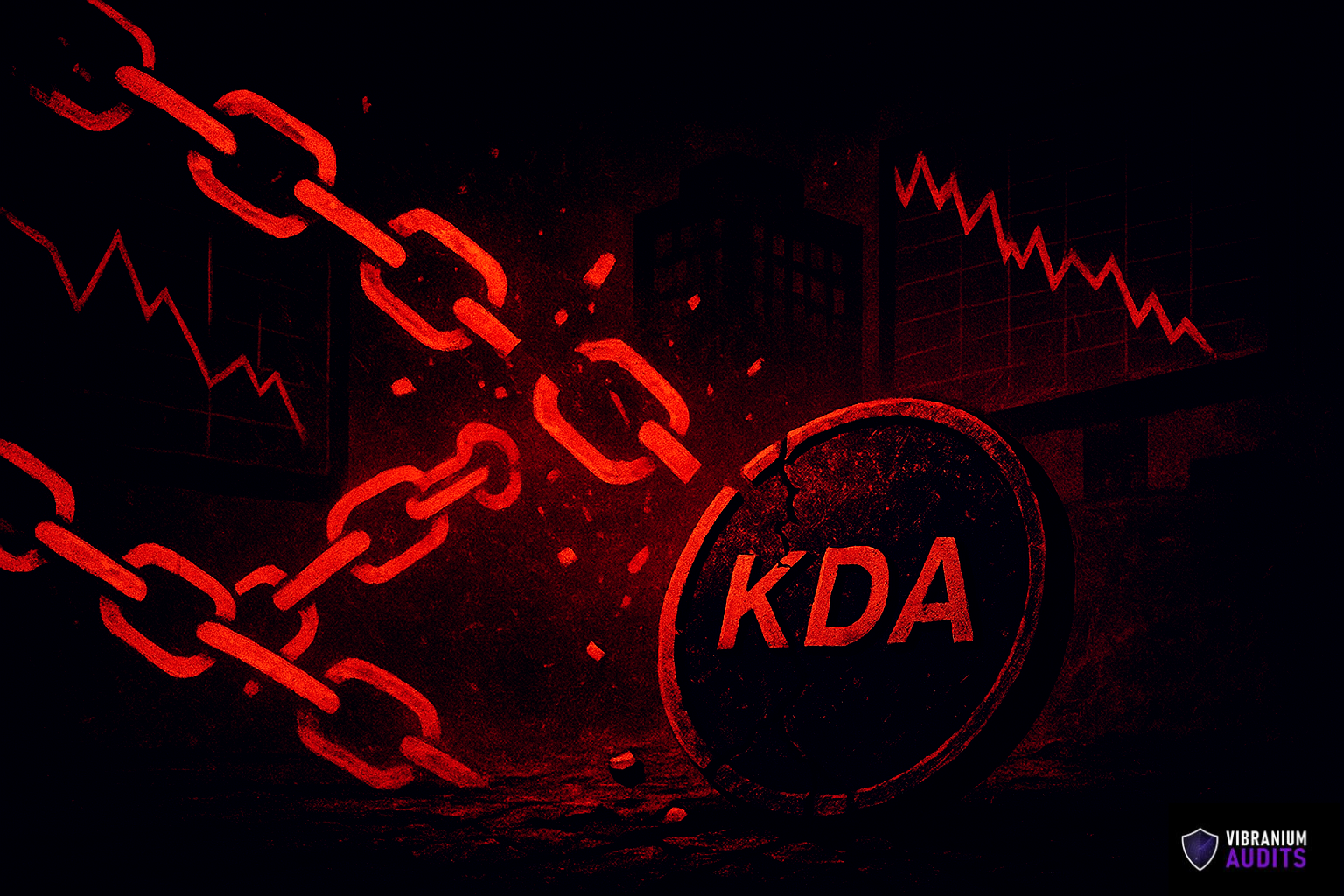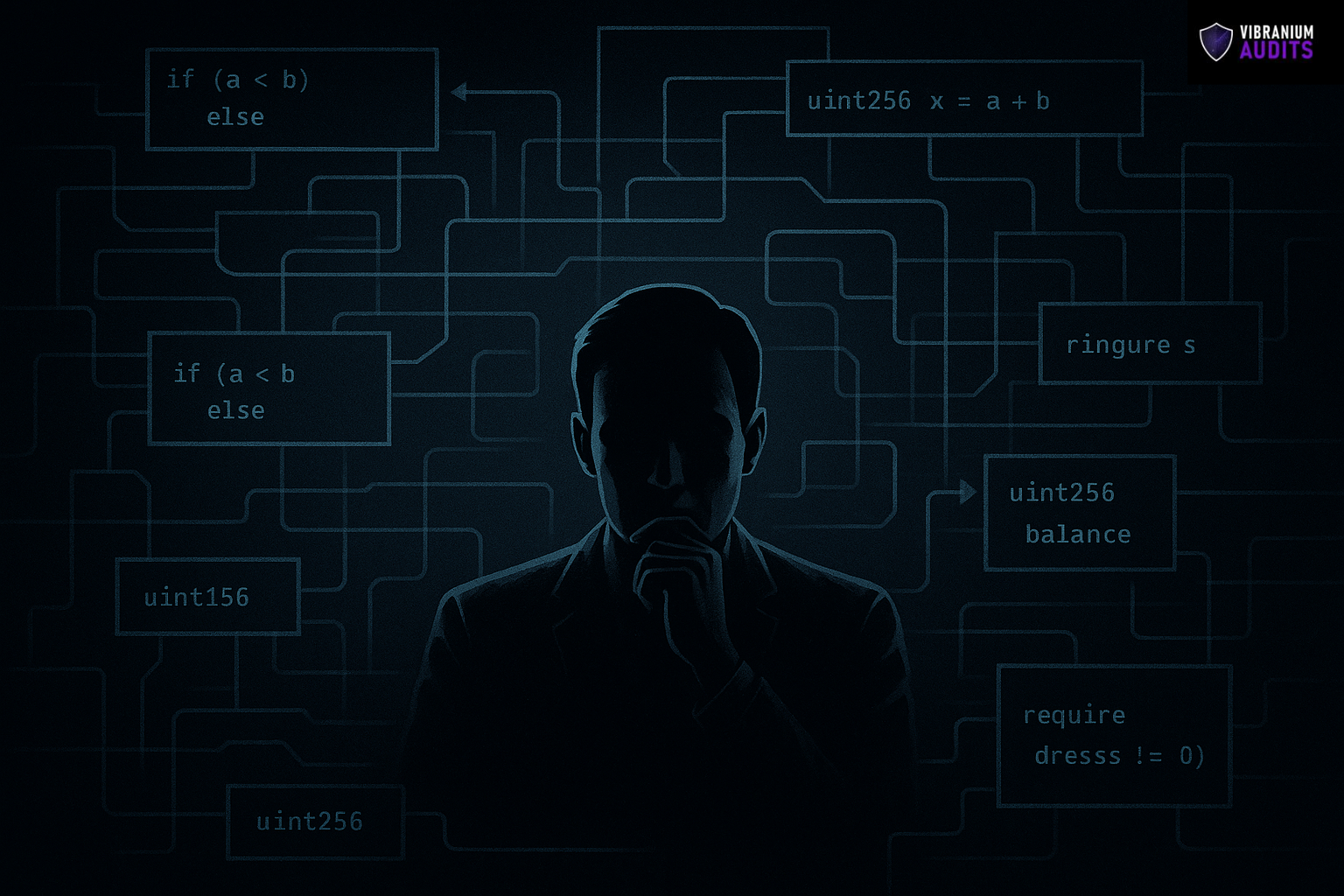Blockchains, the bedrock of modern decentralized systems, are meticulously designed to uphold security and transparency. However, they are not invulnerable to vulnerabilities that can jeopardize the entire ecosystem. In this comprehensive guide, we delve into the various layers of blockchain architecture, pinpoint common security vulnerabilities, and provide strategies to fortify your blockchain against potential threats.
Blockchain Architecture: Unveiling the Layers
Blockchain architecture comprises several layers, akin to the OSI model. Although the division varies, five core layers commonly exist: Infrastructure, Protocol, Data, Network, and Application.
Infrastructure Layer: At the foundation of blockchain technology lies the infrastructure layer, consisting of software and hardware components. It defines the nature of the network, be it public (permissionless) or private (permissioned), and involves nodes responsible for validating and broadcasting transactions.
Data Layer: Data, the lifeblood of blockchains, undergoes encryption to safeguard its sensitive nature. Asymmetric encryption is predominantly employed, with transactions bundled into data blocks for validation. Storage can be on-chain or off-chain, managed by the blockchain or modular chains.
Network Layer: The network layer facilitates data communication across the blockchain. Peer-to-peer interactions ensure data integrity, bolstered by verification mechanisms. Trusted Execution Environments (TEE) enhance data confidentiality during transmission.
Protocol Layer: Responsible for consensus and operational models, the protocol layer dictates how peers reach agreement within the network. It encompasses consensus mechanisms (e.g., proof of stake), and in layer 2 blockchains, sidechains coexist alongside the main chain.
Application Layer: The application layer conceals intricate technicalities, enabling users to interact with blockchain products and services seamlessly. Users engage with the interface without delving into underlying code intricacies. Chaincode, which includes smart contracts, is integral to this layer, giving rise to decentralized applications (DApps) like Uniswap and Metamask.
Identifying Common Blockchain Vulnerabilities
Blockchain protocols, while robust, are susceptible to critical vulnerabilities that necessitate immediate attention. These vulnerabilities span multiple layers of the blockchain architecture.
Protocol Layer Vulnerabilities (Consensus):

Network Layer Vulnerabilities (P2P):

Data Layer Vulnerabilities:

Securing Your Blockchain: Actions Speak Louder
In the realm of blockchain, security is paramount. Identifying vulnerabilities and implementing robust safeguards can be the difference between success and catastrophe. Stay vigilant, fortify your blockchain, and embrace a future where trust and security reign.
For more insights and a closer look at our comprehensive smart contract audit services, visit Vibranium Audits.










